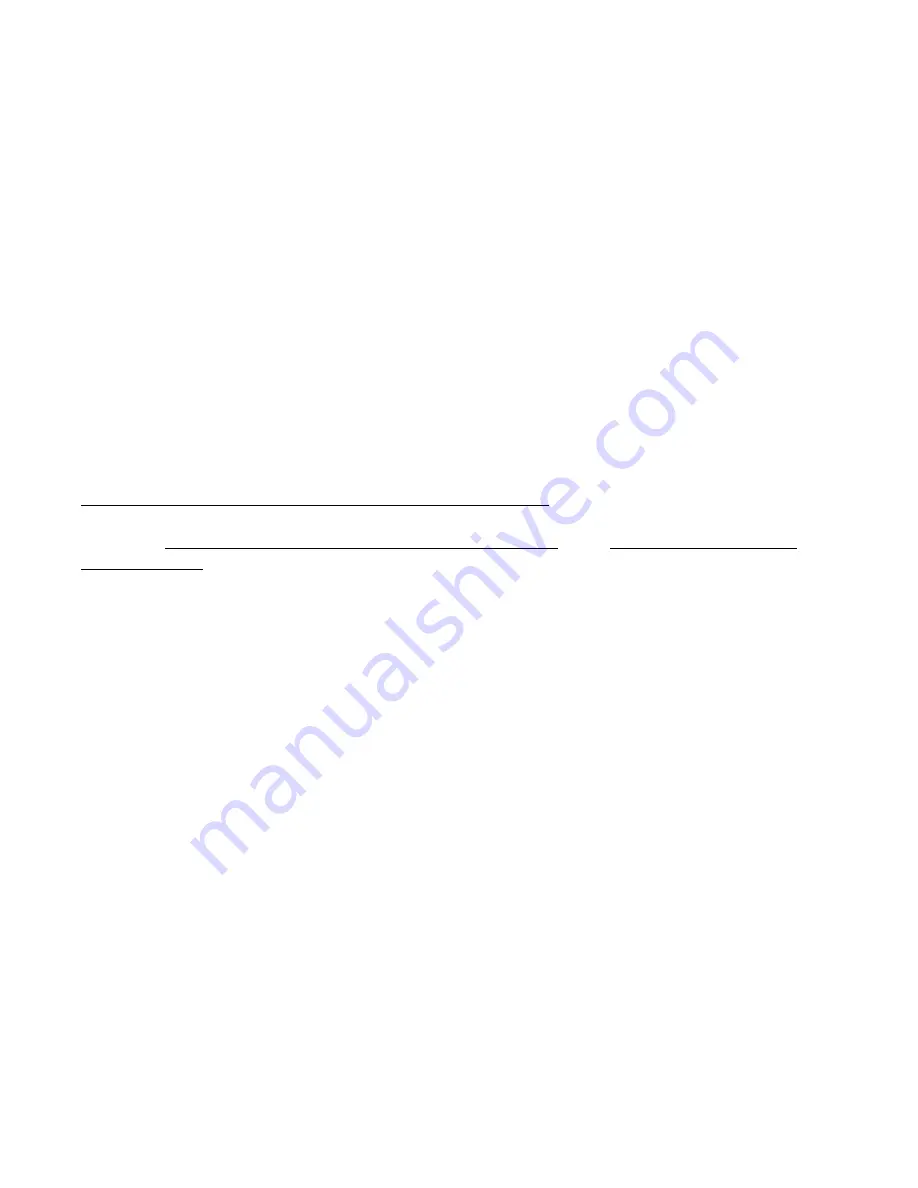
INTRODUCTION
Surface noise from phonograph records is usually the result of minute imperfections,
abrasions and scratches to the playing surface of the record. While use of a graphic
equalizer or "scratch filter" to remove ticks and scratches is somewhat effective, such
filters reduce or eliminate the highs found on records. The Surface Noise Reducer can
identify and remove most clicks and pops found on Lp's and even 78's and other vintage
records. It is also very effective in reducing ignition noise from FM radio broadcasts.
When used judiciously, it can often improve the quality grade of records by several grades
with minimal degradation to either audiophile or vintage records. The Esoteric Surface
Noise Reducer acts only on the clicks or pops without effecting program material.
CONNECTION
The following represents a typical connection scheme, but should not be interpreted as
the only way to connect the device. Your specific system and requirements may alter the
connection scheme somewhat. Be careful to observe the basic requirements in order to
obtain maximum results.
You must have a stereo phono pickup and stereo amplifier. Connect the right and left tape
outputs of your phono preamp or receiver to the input connectors of the Surface Noise
Reducer. Make sure that there are no intermediate devices. The Surface Noise Reducer
must come first. All other denoising and equalizing devices, such a the Esoteric
Re-Equalizer, must be connected following the Surface Noise Reducer. In the event that
you are attempting to denoise from a truly mono source such as a single track tape
recording, make connection to only one of the Surface Noise Reducer inputs. Connect the
outputs of the Surface Noise Reducer to the inputs for the tape monitor or to the next
sound processing device you may have, such as a Packburn Noise Reduction unit, or
OWL, or graphic equalizer, etc.
TAPE RECORDING THE RESULTS
There are several ways of making tape recordings of the improved sound. Here are a few
suggestions: 1) Connect the tape recorder at the end of the chain of denoising
instrument(s) and monitor either the "source" signal when just listening or the "tape" signal
when taping or playing tapes. 2) Employ a "wye" connector to feed the output of the
denoising instrument(s) to both amplifier tape monitor and to tape deck input. The output
of the tape deck can then be connected to an unused amplifier "aux" input.
OPERATION
1.
While playing loud music portions from a record, advance the "DISTORTION
LIMITING" control till the "THD" LED illuminates. Now back off the
DISTORTION LIMITING control slightly.
2.
Advance the "QUIETING" control till the "NOISE REDUCTION" LED flashes
indicating that clicks and pops are removed.






